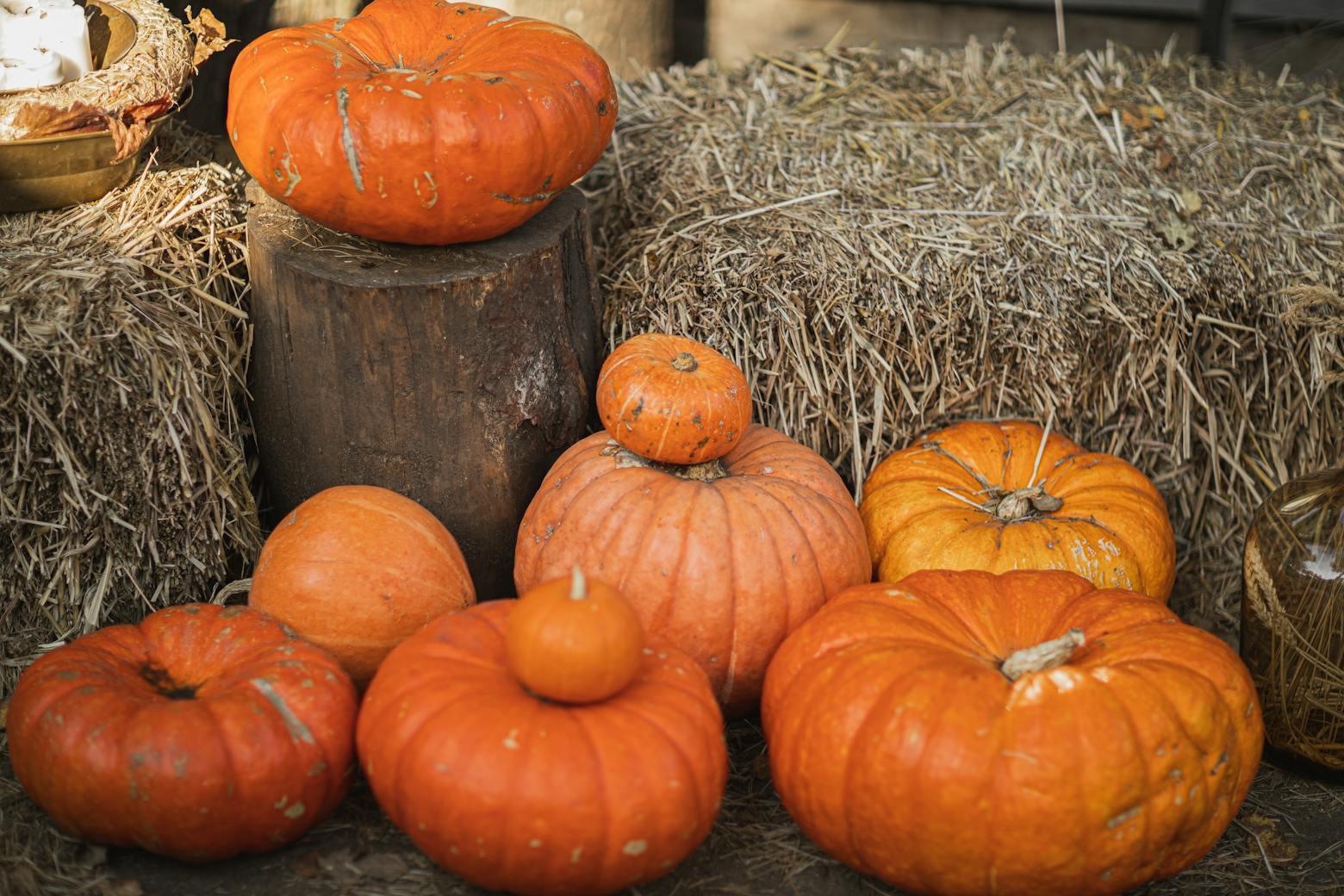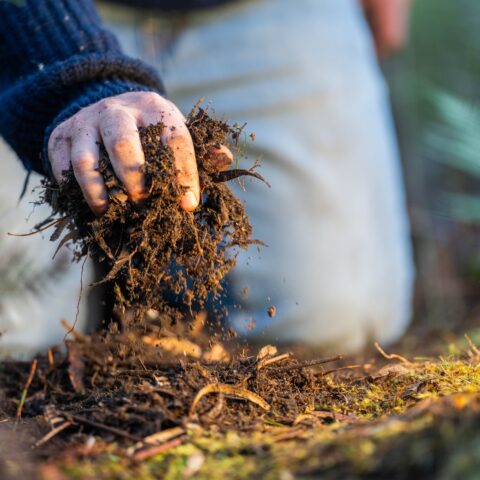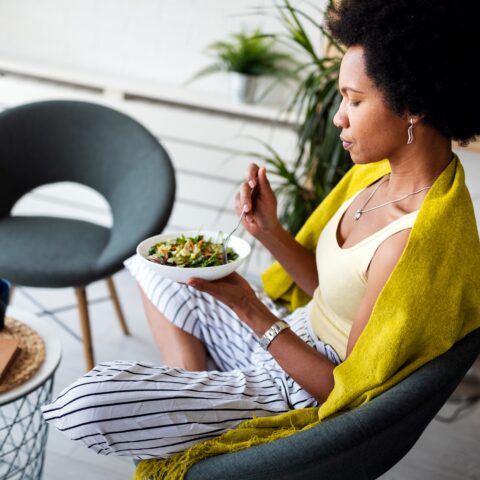Is Pumpkin Good for You? Health Benefits of Pumpkin

When the crisp autumn air rolls in, our minds often turn to the vibrant orange hues of pumpkins adorning porches and doorsteps, a quintessential symbol of fall and Halloween festivities. But beyond their decorative appeal, pumpkins are a nutritional powerhouse packed with vitamins, minerals, and antioxidants that offer a wide array of health benefits, which is why they deserve a prominent place in our diets, far beyond the spooky season.
What Exactly Are Pumpkins?
Native to North America, pumpkins have a rich history dating back thousands of years. The oldest pumpkin seeds discovered so far, found in Mexico, date back to about 7000-5500 B.C. [1] The word “pumpkin” originates from peopon, which means large melon in Greek.
Interestingly, pumpkins are botanically a berry called a “pepo,” a term that applies to any fruit from the gourd family (Cucurbitaceae) with a fibrous, tough rind, and seeds on the inside. Other pepo fruits include melons and cucumbers. [2]
The Cucurbitaceae family boasts over 900 plant species, encompassing a diverse range of fruits and vegetables. The classic orange pumpkin belongs to the Cucurbita genus, also known as squash. Technically it’s a winter squash, distinct from the soft-skinned summer squashes like zucchini.
How Pumpkins Are Grown
A warm-weather crop, pumpkins are usually planted by early July, and they’re a hardy grower—thriving in sunny locations with well-drained soil, requiring deep but infrequent watering. They produce both male and female flowers, typically relying on bees for pollination.
Pumpkins boast a stunning array of colors, spanning from shades of green, white, yellow, red, and blue to the iconic orange. As pumpkins ripen, they gradually shift from green to their final hue, which varies based on the variety planted.
A change in color to their mature shade, whether it’s orange, white, or multicolored, indicates they’re nearing harvest time, which is typically 90 to 120 days. Dying vines are another sign they’re nearing maturity, and the stem will begin to turn from green to brown. Regardless of ripeness, they should be harvested before the first frost, which may occur in fall or early winter. When choosing or harvesting your own pumpkins, handle the stem carefully; an intact stem prolongs its life.
Health Benefits of Pumpkins
Pumpkins are more than a seasonal decoration. They’re a nutritionally dense food that offers a lot of health benefits in exchange for its low-sugar and high-fiber content. [3]
Vitamins & Minerals
Just one cup of pumpkin packs a powerful nutritional punch, providing a whopping 78% of daily vitamin A needs, essential for a strong immune system and sharp vision. [4] It also delivers significant amounts of vitamin C, potassium, and magnesium, all vital for overall health. [5-7]
Plus, its rich beta-carotene content further boosts your vitamin A levels, promoting healthy skin and eyes. [8] Pumpkins also contain carotenoids like lutein, which can help reduce the risk of cataracts. [9]
Pumpkin is a good source of potassium and magnesium, two minerals that play critical roles in various bodily functions, including blood pressure regulation and bone health. [10,11]
RELATED: The Importance of the Magnesium and Calcium Relationship
Fiber
With a generous 2.7 grams of dietary fiber per cup, pumpkin isn’t just a low-calorie food; it’s a gut-friendly, heart-healthy powerhouse that keeps you feeling satisfied. Fiber also helps regulate blood sugar, making it a valuable addition to any diet.
Antioxidants
The antioxidants in pumpkins, including beta-carotene, alpha-carotene, and beta-cryptoxanthin, are your body’s superheroes. They battle free radicals, protecting your skin from damage and reducing your risk of chronic diseases like heart disease and cancer. Beta-carotene goes the extra mile, acting as a natural sunblock and converting into essential vitamin A for optimal health. [12]
How to Select and Store Pumpkins
Mid-September is prime pumpkin picking time, so you’ll start seeing them in stores around then. To ensure your pumpkin’s longevity, choose a pumpkin that feels firm and solid when you touch it. Once you harvest or purchase your pumpkins, storing them in a cool, dry place will give them the longest shelf life, potentially lasting for months.
Prepping and Cooking Pumpkin
Not all pumpkins work well in cooking or baking. The big ones you see at the pumpkin patch for carving into jack-o’-lanterns are edible, but they tend to be stringier and have less flavor than other options. Instead, look for ones labeled “sugar pumpkins” or “pie pumpkins.” They are sweeter, more flavorful, and generally have smoother flesh.
You can treat a pumpkin like any other winter squash. Roast it whole or steam it and cut into smaller pieces to use in soups, stews, or baked goods. Pumpkin purée is great in almost any recipe, including pancakes and beverages.
Preparation is easy. Give your pumpkin a quick rinse under cool water to remove any dirt or debris, then dry it with paper towels. With a large chef’s knife, halve the pumpkin and scrape out the seeds and pulp with a spoon. You can save the seeds to roast later because they’re just as nutritious as the pumpkin flesh.
For roasting, brush the cut sides with olive oil, sprinkle with your favorite Paleo seasonings, and place them cut-side-up on a sheet pan. Roast in the oven at 400°F for 35 to 45 minutes, or until the flesh is tender. If you prefer steaming, fill a steamer pot with a few inches of water, bring it to a boil, then insert the basket with the pumpkin. Cover the pot and steam for 15 to 20 minutes, or until a sharp knife easily pierces the flesh. [13]
To create a smooth purée, use an immersion blender or food processor. Pumpkin purée freezes beautifully, so consider making a large batch to have on hand for future recipes. Use it in one of the recipes below:
References
- 10 things you probably didn’t know about pumpkins [Internet]. University of California. 2018. Available from: https://www.universityofcalifornia.edu/news/10-things-you-probably-didnt-know-about-pumpkins
- Seglias A. The Largest Berry in the World May Not Be What You Think It Is [Internet]. Denver Botanic Gardens. 2022 [cited 2024 Sep 12]. Available from: https://www.botanicgardens.org/blog/largest-berry-world-may-not-be-what-you-think-it
- FoodData Central [Internet]. fdc.nal.usda.gov. Available from: https://fdc.nal.usda.gov/fdc-app.html#/food-details/168448/nutrients
- Institute of Medicine (US) Panel on Micronutrients. Vitamin A [Internet]. Nih.gov. National Academies Press (US); 2015. Available from: https://www.ncbi.nlm.nih.gov/books/NBK222318/
- Compounds I of M (US) P on DA and R. Vitamin C [Internet]. www.ncbi.nlm.nih.gov. National Academies Press (US); 2000. Available from: https://www.ncbi.nlm.nih.gov/books/NBK225480/
- National Institutes of Health. Office of Dietary Supplements – Potassium [Internet]. Nih.gov. 2021. Available from: https://ods.od.nih.gov/factsheets/Potassium-Consumer/
- Magnesium [Internet]. The Nutrition Source. 2019. Available from: https://nutritionsource.hsph.harvard.edu/magnesium/
- Pumped Up for Pumpkin [Internet]. Usda.gov. 2021 [cited 2024 Sep 13]. Available from: https://www.usda.gov/media/blog/2019/10/08/pumped-pumpkin
- Padmanabha S, Vallikannan B. Fatty acids modulate the efficacy of lutein in cataract prevention: Assessment of oxidative and inflammatory parameters in rats. Biochemical and Biophysical Research Communications. 2018 Jun;500(2):435–42. https://pubmed.ncbi.nlm.nih.gov/29660334/
- Filippini T, Violi F, D’Amico R, Vinceti M. The effect of potassium supplementation on blood pressure in hypertensive subjects: A systematic review and meta-analysis. International Journal of Cardiology. 2017 Mar;230:127–35. https://pubmed.ncbi.nlm.nih.gov/28024910/
- Orchard TS, Larson JC, Alghothani N, Bout-Tabaku S, Cauley JA, Chen Z, et al. Magnesium intake, bone mineral density, and fractures: results from the Women’s Health Initiative Observational Study. The American Journal of Clinical Nutrition [Internet]. 2014 Feb 5;99(4):926–33. Available from: https://www.ncbi.nlm.nih.gov/pmc/articles/PMC3953885/
- Godic A, Poljšak B, Adamic M, Dahmane R. The Role of Antioxidants in Skin Cancer Prevention and Treatment. Oxidative Medicine and Cellular Longevity. 2014;2014:1–6. https://pubmed.ncbi.nlm.nih.gov/24790705/
- https://www.facebook.com/thespruceeats. A Step-by-Step Guide to Cooking Pumpkin [Internet]. The Spruce Eats. 2023 [cited 2024 Sep 13]. Available from: https://www.thespruceeats.com/pumpkin-cooking-tips-1808058
Maureen Farrar
Maureen Farrar has spent more than 20 years as a writer and editor for several print and digital outlets. She writes about health, fitness and nutrition.
More About The Author




